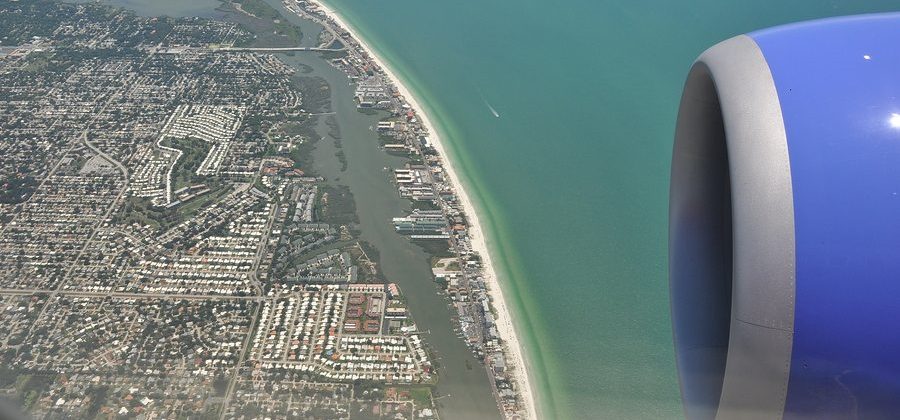In a major event like the recent emergency landing, there are usually a number of heroes. One is the anonymous passenger who kept a victim from being sucked out of the plane. There is also Captain Tammie Jo Shults, who made a successful emergency landing under Sully-like conditions. There is very often someone to blame as well, and that’s where aviation accident attorneys step in.
According to the National Transportation Safety Board’s preliminary investigation, metal fatigue caused an engine fan blade to rip off its mounting. With one of its two engines completely disabled, the 737 quickly lost power. Simultaneously, shrapnel from the exploded engine peppered the fuselage and shattered several windows. One passenger was killed and several others were seriously injured.
149 passengers and crew were on board Flight 1380, which was en route from LaGuardia to Dallas, when it made an emergency landing in Philadelphia. Airline officials have already sent each passenger on board a $1,000 flight voucher and a check for $5,000 to cover medical expenses.
How We Got Here
While it is very early, it appears that Southwest Airlines mechanics may have improperly inspected and/or maintained the wounded 737. The law in this area has changed a lot over the past forty years.
Prior to 1978, actions against mechanics were exceedingly rare. Some people consider the 1960s and 1970s to be the heydays of commercial aviation. Airlines were very popular and profitable, so as a result, regulators did not ask many questions.
That changed in 1978. In that year, the Federal Aviation Administration toughened its regulations and tried to change its image. The FAA amended Part 14 of the Code of Federal Regulations by adding Section 43.12. Under this provision, persons who “make, or cause to be made, any fraudulent or intentionally false entry in any record or report this is required to be made, kept, or used to show compliance with any requirement under this part” were guilty of a violation. The FAA also tried to become a tough regulator as opposed to an understanding big brother.
Change was slow until ValuJet Flight 592 crashed in 1996, killing all 110 people on board. The airline had a very spotty safety record. Furthermore, investigators concluded that improperly-stored cargo caused an in-flight fire.
In Washington, heads rolled and the tough rules got even tougher. Department of Transportation Secretary Federico Peña and FAA Administrator David Hinson both lost their jobs. Regulators also broadened Section 43.12 to include the common practice of “pencil whipping” inspections.
Standard of Care in Airplane Mechanic Negligence Cases
The 1978 makeover and 1996 ValuJet tragedy re-shaped the legal standard of care in these cases. This duty is important, because it’s the first element in a negligence case. Under FAA rules, the minimum standard of care is:
- Full compliance with every iota of every law,
- Proper use of all required tools,
- Complete all necessary repairs in a workmanlike manner,
- Keep accurate, precise, and honest records, and
- Ask for help whenever needed.
This standard of care only represents the minimum requirements. Industry standard is usually much higher, and that’s the standard that applies in most New York negligence cases.
Damages in aviation crash claims are usually substantial. $6,000 is nowhere near fair compensation for a wrongful death or serious injury. Accepting this money, or any other “settlement offer,” does not preclude subsequent legal action, in most cases. The passengers may have accepted the airline’s apology, but they did not legally waive their right to pursue claims in court.
Poorly-maintained aircraft often cause serious injuries. For a free consultation with an experienced aviation crash lawyer in New York, contact Napoli Shkolnik PLLC. We do not charge upfront legal fees in these matters.
